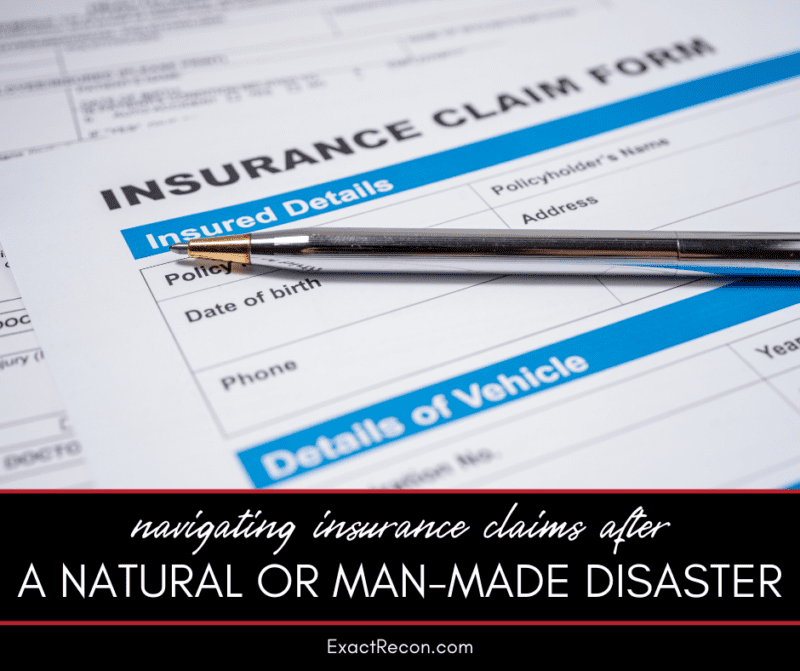Dealing with the Aftermath: Navigating Insurance Claims After a Natural Disaster

The impact of a natural disaster can be devastating. One moment, you’re enjoying life in your home; the next, it’s been ravaged by the forces of nature. The road to recovery can be long and grueling, and dealing with insurance claims is often a significant part of that journey.
When disaster strikes, it’s essential to act quickly and take control of your insurance claim. This means being proactive, understanding your policy, and knowing your rights. In this article, we’ll walk you through the steps to handle your insurance claim after a natural disaster and provide valuable tips to ensure you receive the compensation you deserve.
Step 1: Contact Your Insurance Company
As soon as it’s safe to do so, contact your insurance company to report the damage. This is crucial, as most insurance policies have a timeframe for reporting claims, and delaying can result in denied claims. When you contact your insurer, have your policy number and a detailed description of the damage ready. Take notes on the conversation, including the date, time, and name of the representative you spoke with.
Step 2: Understand Your Policy
Before proceeding with your claim, it’s essential to understand your policy’s terms and conditions. Review your policy documents or contact your insurance company to clarify any doubts. Look for the following:
- Covered perils: Check if the disaster that affected you is covered under your policy.
- Deductible: Understand how much you need to pay out of pocket before your insurance kicks in.
- Coverage limits: Know the maximum amount your insurance company will pay for damages.
- Exclusions: Be aware of any exclusions or limitations that might impact your claim.
Step 3: Gather Evidence
To support your claim, gather as much evidence as possible of the damage. This may include:
- Photos: Capture detailed photos of the damage from multiple angles.
- Videos: Record videos of the affected areas, including any structural damage or personal belongings.
- Document receipts: Collect receipts for any temporary repairs or expenses related to the disaster.
- Witness statements: Collect statements from witnesses, neighbors, or anyone who may have seen the damage.
Step 4: Prepare for the Adjuster’s Visit
Your insurance company will likely send an adjuster to assess the damage. To prepare for their visit:
- Make a list of damaged items: Document all personal belongings and structural damage.
- Provide context: Share any relevant information about the damage, including photos and witness statements.
- Ask questions: Clarify any doubts you may have about the process or your coverage.
Step 5: Review and Negotiate the Settlement
Once the adjuster has assessed the damage, you’ll receive a settlement offer. Carefully review the offer to ensure it’s fair and accurate. If you’re not satisfied, don’t hesitate to negotiate. Remember, you have the right to dispute the settlement and seek a second opinion.




